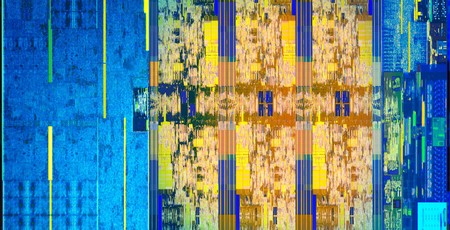
Manufacturer: Intel
UK price (as reviewed): £359.99 (inc. VAT)
US price (as reviewed): MSRP $359 (exc. tax)
It's the final big CPU launch of the year, and it's a big one. Intel is hoping to take the fight to AMD's Ryzen in the mainstream desktop CPU market and claw back lost ground, specifically in the multi-threaded arena where AMD's Ryzen 5 hexa-core and Ryzen 7 octa-core models have been so dominant compared to its quad-core models. The Core i7-7700K and Core i5-7600K are less than 10 months old, but they were simply out-gunned by AMD in many areas, and even their stellar overclocking potential couldn't undo the gains that AMD made.
Their supreme IPC, efficiency, gaming performance, and platform stability prevented an AMD whitewash, but with AMD having improved the latter considerably since Ryzen's launch in March, Intel has understandably brought Coffee Lake's launch forwards. The last time we were in this situation, it wasn't cores but architecture that Intel worked on to turn the tables on AMD over 10 years ago, and it did it in spectacular fashion. This time, though, the architecture is largely identical - it's the core count that's being tweaked, and about time too.
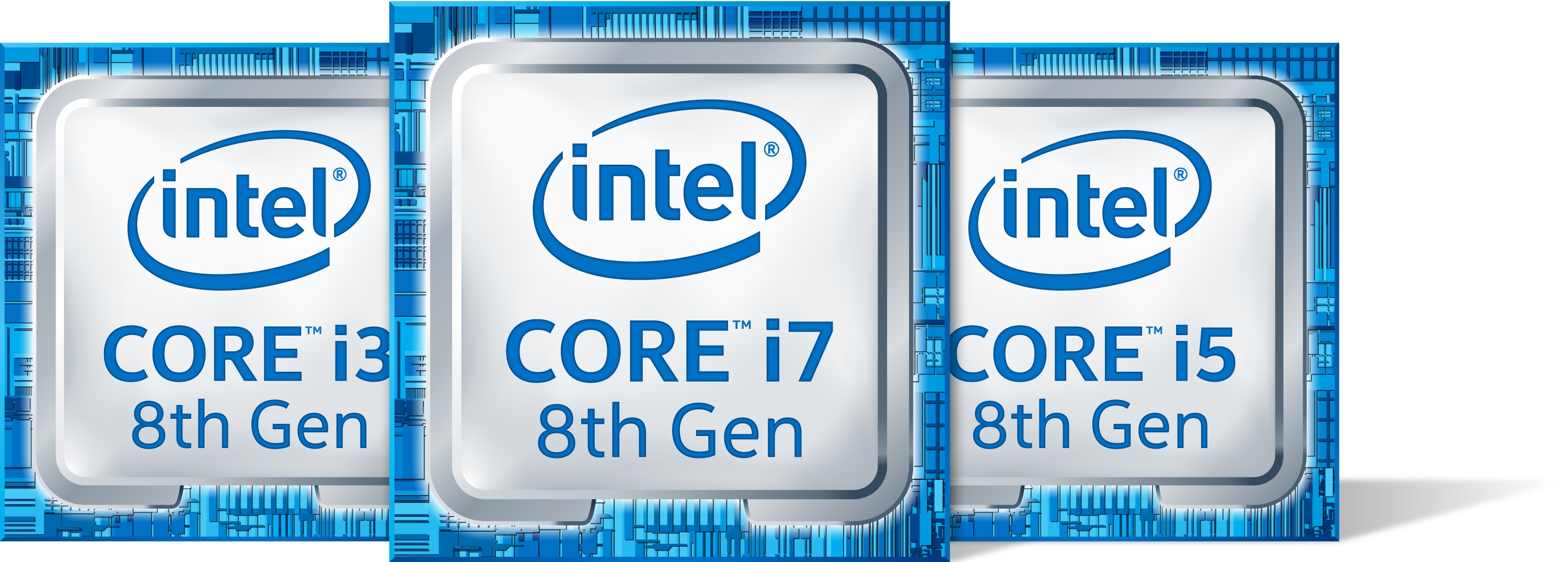
We're looking at just one CPU today - the flagship Core i7-8700K, but despite this, there are several very important questions to be answered when it comes to the Intel versus AMD argument. Can stock speed performance offer a glimpse of what the non-K edition models will be able to achieve to appeal to those that won't be overclocking? Can the flagship beat Ryzen 7 SKUs given that all three of AMD's octa-cores are now the same price or cheaper than the Core i7-8700K? Finally, how well does Intel's first hexa-core mainstream CPU overclock, and can this give Intel back its performance crown here just as the Core i9-7980XE did, except for a much more reasonable amount of cash, of course.
Compatibility
Firstly, we need to address the situation as far as compatibility goes. The CPU socket is visually identical, so unlike Socket AM4, all coolers that fitted LGA 1151 (and LGA 1150 and LGA 1155) will fit the new socket, which is actually being called LGA 1151-V2. This is due to the fact that, sadly, Kaby Lake and Skylake CPUs will not work in Z370 motherboards, and, more critically, Coffee Lake CPUs will not work in older motherboards, despite the physical pin configuration being the same.
The fact that the CPUs do actually fit into the old socket lead many to assume that the new CPUs would indeed be compatible. This unfortunate assumption might also have been bolstered by the early release of Coffee Lake and its proximity to Kaby Lake. The lack of any information to the contrary wasn't helpful, and only a slip-up on Twitter by ASRock a few months ago seemed to confirm the bad news. Of course, the lack of information may have been deliberate to improve sales of Z270 platform hardware - both CPUs and motherboards, who knows?

The reasons behind the incompatibility are solid though - this isn't Intel trying to pull a fast one and force people to upgrade. It comes due to the necessity for more power with Coffee Lake and the fact that the management engine firmware is now incompatible. The pin assignments have changed to offer up more power, and more pins are actually used. Specifically, according to a source on Twitter, the VSS (Ground) pins increase from 377 to 391 (+14) , VCC (Power) from 128 to 146 (+18) and RSVD from 46 to 25, with a somewhat wobbly pin diagram to prove it.
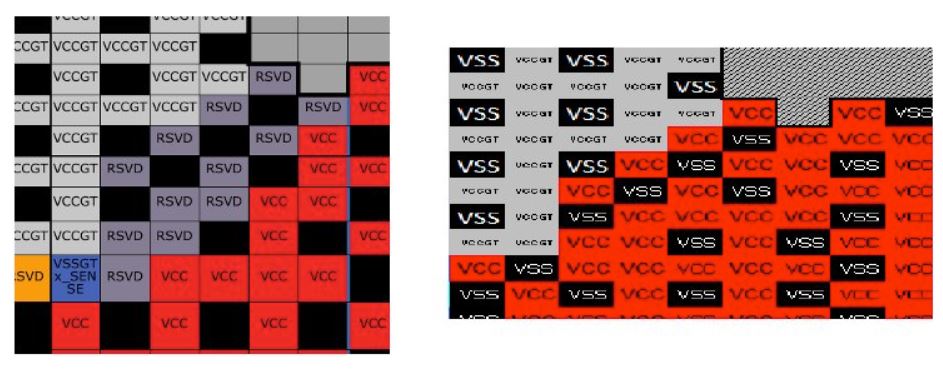
On closer inspection, there appear to be several pins that were actually marked as reserved where Kaby Lake was concerned ; they existed but likely had no function. Now, though, they've roared into life, and it seems it's probably not possible to disable these and run Kaby Lake CPUs in the same socket. The extra power requirements have also seen motherboard manufacturers tweak the power delivery to cater for this, so it's even more unlikely that things would work the other way round i.e. Coffee Lake CPUs working in older motherboards. This is all conjecture and rather pointless, though, as things are what they are, but it's fairly clear that this isn't just a software trick to boost sales; there are real physical reasons why you won't be able to use a Coffee Lake CPU in a Z370 motherboard.
CPUs
Intel's weapons include a somewhat fascinating lineup that's all changed from top to bottom. There are now six hexa-core parts with essentially everything Core i5 or Core i7-branded, on the desktop at least, gaining six cores, with the usual K and non-K edition Core i7s also sporting Hyper-Threading and therefore offering 12 threads. Despite the 50 percent increase in core count, the CPUs don't cost 50 percent more. In fact we're only looking at around a £30-40 difference for the Core i7-8700K compared to the Core i7-7700K with the dollar price being even less. Thankfully, this also means that the new flagship undercuts the Ryzen 7 1800X by a few notes, while here in the UK, the Ryzen 7 1700X is still noticeably cheaper and can be had for well under £300.
Another interesting point here for Intel are the boost frequencies. We've already seen that in terms of single-threaded performance, Intel still has a lead. The Core i7-8700K builds on this with a single-core boost of 4.7GHz, two-core boost of 4.6GHz, three- or-four-core boost of 4.4GHz, and most critically, a five- or six-core (all-core) boost of 4.3GHz. The latter is already a couple of hundred megahertz higher than any all-core frequency we've achieved on an AMD CPU, so it's clear that Intel means business here.

Interestingly, the Core i5-8600K barely moves in terms of price, so it seems this is going to be a potential sweet spot, especially as it undercuts all three Ryzen 7 CPUs and costs around $40 more than the Ryzen 5 1600X while almost certainly have significantly more overclocking headroom. We may finally have a worthy addition to the K-series lineup too in the Core i3-8350K, which sees a doubling of the core count compared to the ill-fated Core i3-7350K. Not only this, but the RRP appears to be no higher than the old CPU either, and with 6MB L3 cache, what we're looking at here is basically the equivalent of the Core i5-7600K but for a lot less cash.

MSI MPG Velox 100R Chassis Review
October 14 2021 | 15:04

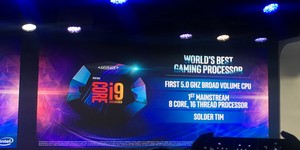
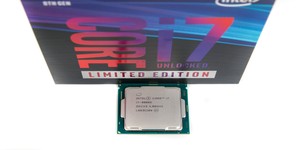
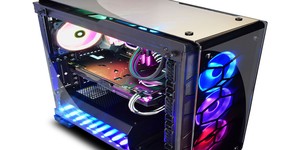




Want to comment? Please log in.